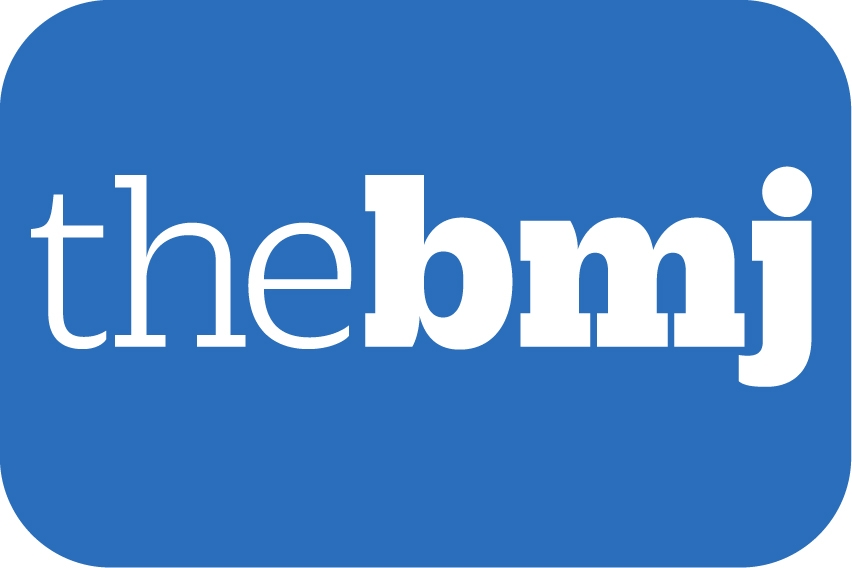内容精选
Content Selection
《英国医学杂志》主编推荐
The BMJ Editor's Choice
-

-
Start stopping smartly
时间:2016-06-09
发布:Fiona Godlee, Editor in Chief, The BMJ
分享:
There can be little that’s more central to a doctor’s role than clearly communicating the benefits and harms of treatments. Yet it’s one of the hardest things to get right, and it seems to be getting harder. Approaches once considered adequate no longer meet the needs of shared decision making or the complexity of the evidence base. At a meeting last week at the Academy of Medical Sciences delegates agreed that doctors, patients, journalists, and the public often struggled to grasp numerical information, creating ample scope for miscommunication and bedevilling efforts to achieve truly shared and personalised decisions.
The meeting was part of the academy’s wider ongoing inquiry into how we can all best use evidence to judge the benefits and harms of treatments, which was prompted by concerns about loss of trust in research and medicine (doi:10.1136/bmj.h3300), with a specific focus on several BMJ investigations and campaigns: tamiflu, statins, and conflicts of interest (www.bmj.com/campaigns). Delegates concluded that equipping people to evaluate claims about treatments should start in schools; that numbers, words, and pictures were all necessary to cater for different situations and individuals; that doctors needed to communicate uncertainty where evidence was unclear or disputed; that patients differ in their attitudes to taking pills, whatever the evidence indicates; and that information should be used to inform rather than persuade.
We need shared decision making when starting treatments, of course, but also when stopping them, as Jesse Jansen and colleagues explain this week (doi:10.1136/bmj.i2893). Their review of the literature on “deprescribing” focuses on older people, who may find it hardest to understand the evidence and are most at risk from the ill effects of polypharmacy. Their article is full of intriguing insights into human nature, including that we are more willing to risk harms arising from inaction than from action, and that, paradoxically, once people are taking a drug, continuing it unchanged is perceived as inaction while stopping it is perceived as an action. The first of their proposed four steps is to make patients aware that stopping treatments is even an option. Then comes the discussion of benefits and harms, an exploration of the patient’s preferences, and the decision itself.
Where are doctors to find the time for these health and life improving conversations? The authors suggest protected time, dedicated resources, and even specific remuneration for medicine reviews. The savings in drug costs, reduced adverse effects, and improved quality at the end of life could be worth having.
BMJ 2016; 353 doi: http://dx.doi.org/10.1136/bmj.i3209 (Published 09 June 2016)
Cite this as: BMJ 2016;353:i3209 -

-
Collaboration and patient centred care
时间:2016-06-06
发布:David Payne, Digital Editor, The BMJ
分享:
At the Our Future Health conference in the Dutch city of Nijmegen (ourfuturehealth.org)last week, more than 40 speakers talked about innovations that straddled medicine, engineering, architecture, and app development.
Patients quite rightly took centre stage. But should patient care, or at least our current understanding of it, always come first? In the journal this week Jeffrey Aronson suggests not. He argues (doi:10.1136/bmj.i2926) that it can compromise others’ needs, priorities, and preferences. Prescribe a drug costing £60 000 (€77 000; $87 000) per quality adjusted life year (QALY), and you deprive three patients of effective medicines costing £20 000 per QALY. Aronson concludes that it is collaborative care—not patient centred care—that we should be aiming for.
The future of clinical coding in the NHS is another collaborative exercise highlighted this week. Stephen Andrews (doi:10.1136/bmj.i2875) reminds us that doctors need to work cheek by jowl with the coding teams to make sure that the recorded data are of a high enough quality to support research, audit, service development, and quality improvement.
There is a similar call for collaboration from Ian Haines and colleagues (doi:10.1136/bmj.i2574), who want access to data from two major trials to help resolve the controversy around prostate cancer screening.
Collaboration is as important for politicians as it is for healthcare innovators. Coverage of Donald Trump’s campaign for the US presidency has tended to focus on his “isolationist” foreign policy—arguably the opposite of collaboration. Will his plans for healthcare be more inclusive? Leigh Page (doi:10.1136/bmj.i2996) compares them with rival candidate Hillary Clinton’s.
Supporters of the European Union argue that its collaborative ethos benefits science and research, trade, and migration of citizens between member states. How would a Brexit vote affect the NHS, both as a service provider and employer? Anne Gulland (doi:10.1136/bmj.i3027) investigates.
BMJ 2016; 353 doi: http://dx.doi.org/10.1136/bmj.i3070 (Published 02 June 2016)
Cite this as: BMJ 2016;353:i3070 -

-
Old problems, new models
时间:2016-06-06
发布:Fiona Godlee, Editor in Chief, The BMJ
分享:
With the NHS registering ever worse financial figures (doi:10.1136/bmj.i2904) and GPs seeking a ballot on industrial action (doi:10.1136/bmj.i2900), few could argue that things are going well with England’s health service. In such dire times we need people willing to speak truth to power (doi:10.1136/bmj.i2822), but we also need innovators with the energy and optimism to try new ways to do things.
You will have heard about the vanguards launched last year to develop new models of care as part of NHS England’s Five Year Forward View (doi:10.1136/bmj.h5147). Perhaps you are part of one of them. Now, on a smaller and arguably more manageable scale, comes the “primary care home.” Fifteen pilot sites are providing multispecialty health and social care for populations of between 30 000 and 50 000 patients. Networks of GPs share premises and a single budget with community and social workers. As Adrian O’Dowd reports (doi:10.1136/bmj.i2922), those involved think that this model breaks down barriers and bureaucracy. Early signs are that GPs and nurses like being able to deliver truly integrated care, making it easier to recruit staff.
New models are also needed for how we present and use guidelines, say Margaret McCartney and colleagues (doi:10.1136/bmj.i2452). All too often, evidence based medicine has been reduced to the enactment of bureaucratic and authoritarian “recommendations” that are based on population data and enforced through payment for performance contracts, they say. Even for those skilled in interpreting evidence it can be hard to take account of a patient’s individual preferences and circumstances. Yet surveys show that most patients want to share decisions with their doctors or make the decisions themselves.
McCartney and colleagues call for nothing less than a global transformation in the resources available for clinical decision making. Doctors and patients need tools that encourage questions such as “What are the options?” and “What are your hopes and priorities for the future?” They say that usable decision aids should now be seen as one of the most important end products for evidence based medicine.
Their final flourish is that GPs should not be paid according to how many patients comply with guideline recommendations. Instead, when decisions differ from guidance, this should be noted in the medical records with codes such as “patient choice” or “discussed and decided.” This alone might do much to restore GPs’ sense of themselves as autonomous professionals rather than overworked and undervalued state bureaucrats. Because patients often seem to choose the less interventionist option, proper resources for shared decision making could also save money.
BMJ 2016; 353 doi: http://dx.doi.org/10.1136/bmj.i2981 (Published 26 May 2016)
Cite this as: BMJ 2016;353:i2981




 京公网安备 11010502034496号
京公网安备 11010502034496号